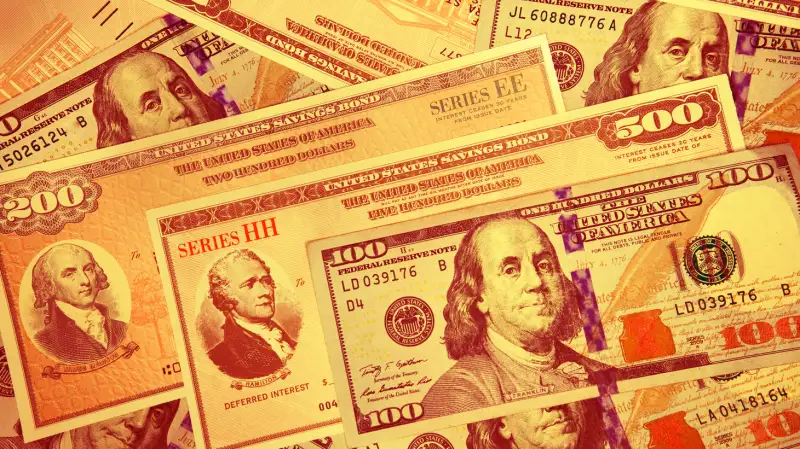Buying Bonds Could Be a Great Investing Move Right Now
Money is not a client of any investment adviser featured on this page. The information provided on this page is for educational purposes only and is not intended as investment advice. Money does not offer advisory services.

Like most financial assets, bonds are having a bad year. But experts say that also means there's opportunity in fixed income.
Bonds are generally considered a less-risky asset than stocks. Still, they haven't been immune to the selloff investors experienced this year that has sent all three major stock market indexes tumbling into bear markets. The Federal Reserve has been raising interest rates to battle high inflation and most recently hiked rates by three-quarters of a percentage point for the third time in a row. The Bloomberg Global Aggregate Index of government and corporate bonds is down more than 20% since the beginning of the year, signaling the global bond market has entered a bear market for the first time in around three decades.
As Tom Lauricella of Morningstar recently pointed out, bonds seem like "a tough sell" right now.
"This year is well on its way to being the worst in modern history for bond investors," he wrote mid-September.
But there's an upside: Falling bond prices means rising bond yields. On Wednesday, for example, the yield on 10-year U.S. government bonds briefly hit 4% for the first time in around 14 years.
"For the first time in a long time, there is actually income in fixed income," says Kathy Jones, chief fixed income strategist at Charles Schwab.
Here's what those high yields mean for bond investors, and how you can take advantage.


